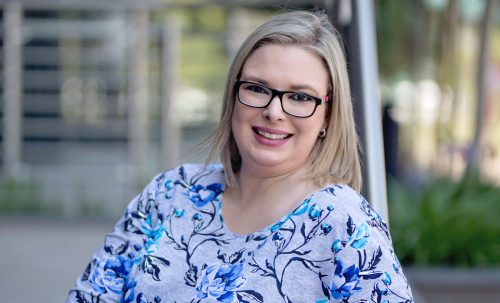
6 ways to teach adults more effectively
In many ways, PGDA graduate Zamashenge Ginnie Buthelezi, 25, is a typical Milpark Education student. In her third attempt to pass the PGDA, she frequently doubted herself and her ability to pass. Despite possessing the academic ability, she battled with motivation and resilience. In many ways, her struggle with doubt and self-belief reflects what many Milpark students experience.
These topics are explored in interesting depth in research that was recently presented by Milpark Education’s Marisa Grundling, head of the Department of Risk and insurance at the recent Institute of Risk Management South Africa Conference. Entitled Training a Limitless Next Generation, six key themes emerged:
![Umbraco.Cms.Core.Models.MediaWithCrops`1[Umbraco.Cms.Web.Common.PublishedModels.Image]](/media/ibjh4f4d/marisa-grundling.png)